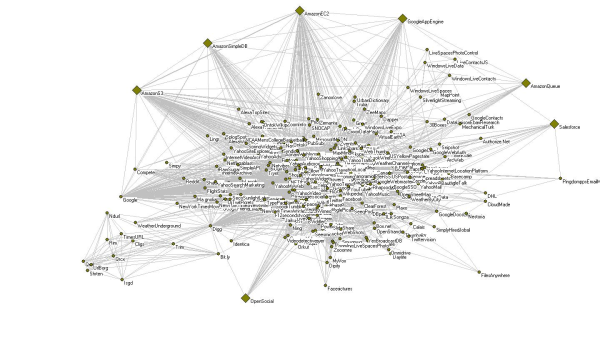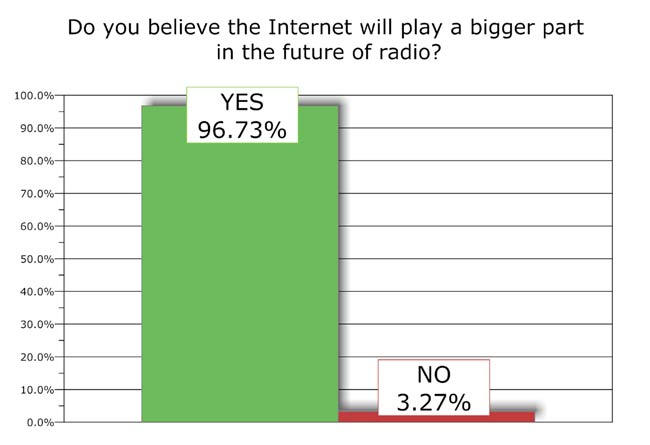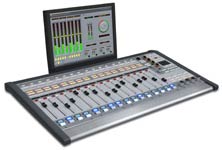In this blog post about the NAB radio show, Paul McLane (Radio World editor) discusses the reduction of technical people in attendance at the conference. Consolidation has brought about many changes in the broadcasting industry, engineering has not been immune to these changes.
Because of consolidation, engineering staff has been reduced or completely replaced by contract engineering firms. Since the Great Recession of 2008-09, this trend has picked up speed. Expect it to continue to the point where large broadcasting companies employ one engineering staff administrator at the top, and several regional engineering supervisors in the middle, and the bulk of the work performed will be done by regional contract engineering firms.
There is no reason to expect the media consolidation process to stop any time soon. It will continue in fits and starts depending on the congressional mood and the awareness or lack thereof of the general public. The NAB itself seems bent on removing all ownership regulations and eventually, with enough money spent lobbying Congress, they will get their way. Thus, the majority of radio stations will be owned by one company, the majority of TV stations will be owned by another company and the majority of newspapers will be owned by a third.
There will be some exceptions to that scenario; public radio and TV, privately owned religious broadcasters, and single station consolidation holdouts. If funding for public radio and TV gets cut, which is very likely if the economy collapses further, they will be up for grabs too.

For the future of radio and radio engineering, I see the following trends developing:
- National formats will be introduced. Clear Channel already does this somewhat with its talk radio formats. Look for more standardization and national music formats for CHR, Country, Rock, Oldies, Nostalgia, etc. These were previously called “Satellite Radio” formats but I am sure that somebody will dust off and repackage the idea as something else. They will be somewhat like BBC Radio 1, where a single studio location is used with local markets having the ability to insert local commercials if needed. Some “local” niche formats will still exist and major markets where the majority of the money is will continue to have localized radio.
- Audio distribution will move further into the Audio Over IP realm using private WANs for larger facilities, and public networks with VPN for smaller facilities. AOIP consoles like the Wheatstone Vorsis and the Telos Axia will become the installation standard. These consoles are remotely controllable and interface directly with existing IP networks for audio distribution and control. Satellite terminals will become backup distribution or become two-way IP networked.
- Cloud-based automation systems will evolve. File and data storage will be moved to cloud base servers using a Content Distribution Network topology. Peers and Nodes will be distributed around the country to facilitate backup and faster file serving.
- Continued movement of the technical operations into a corporate hierarchy. Technical NOC (Network Operations Center) will include all facets of facility monitoring including transmitters, STLs, automation systems, office file servers, and satellite receivers via IP networks. The NOC operators will dispatch parts and technicians to the sites of equipment failures as needed.
- Regional contract engineering and maintenance firms will replace most staff engineers in all but the largest markets. Existing regional engineering firms will continue to grow or consolidate as demands for services rise. Those firms will employ one or two RF engineers, several computer/IT engineers, and many low-level technicians.



